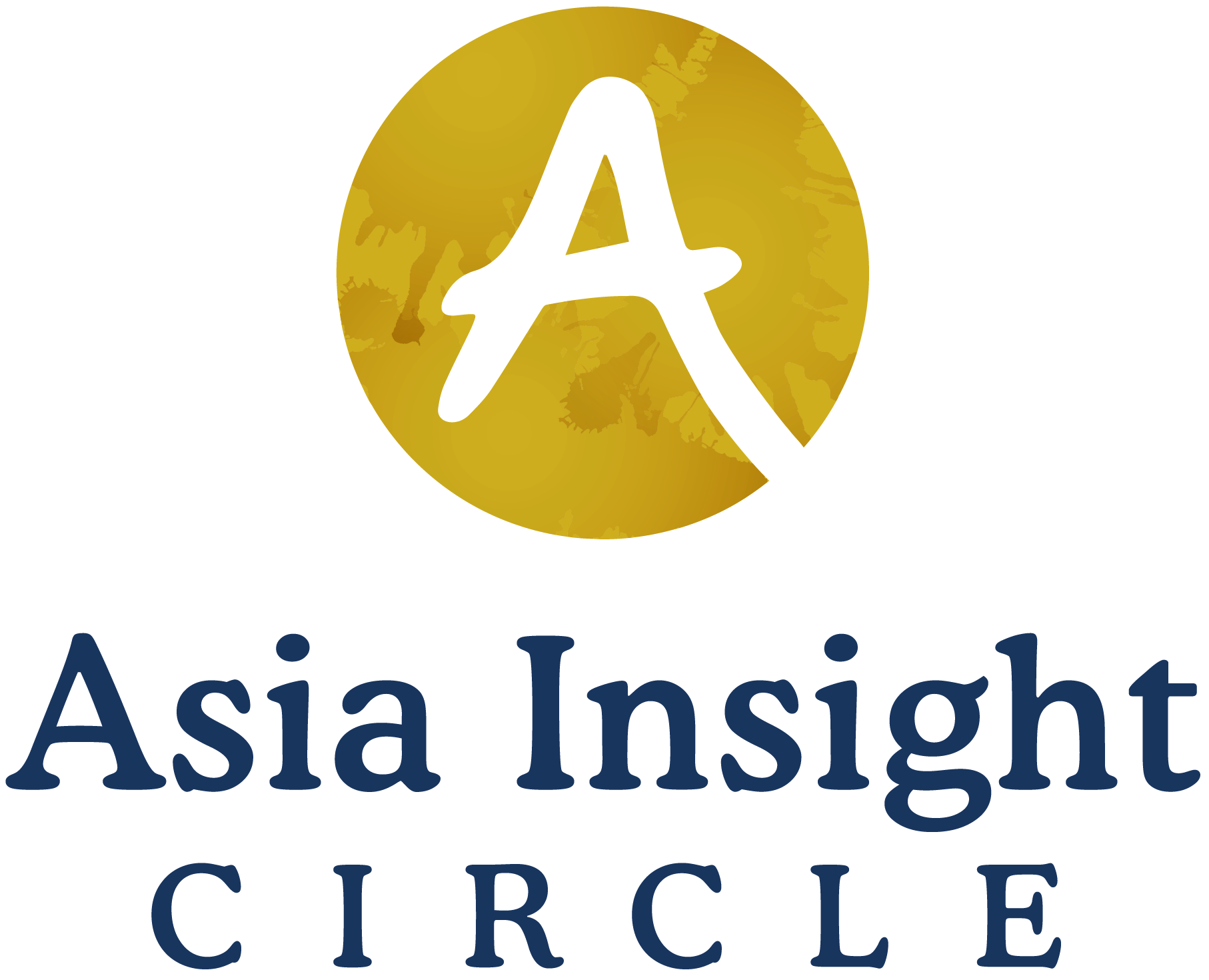9 April 2018
Disney bills itself as the “Happiest Place on Earth”, but according to a recent report from the United Nations, that is instead Finland. The World Happiness Report was launched in March and ranked countries by a range of factors meant to measure happiness. These...
